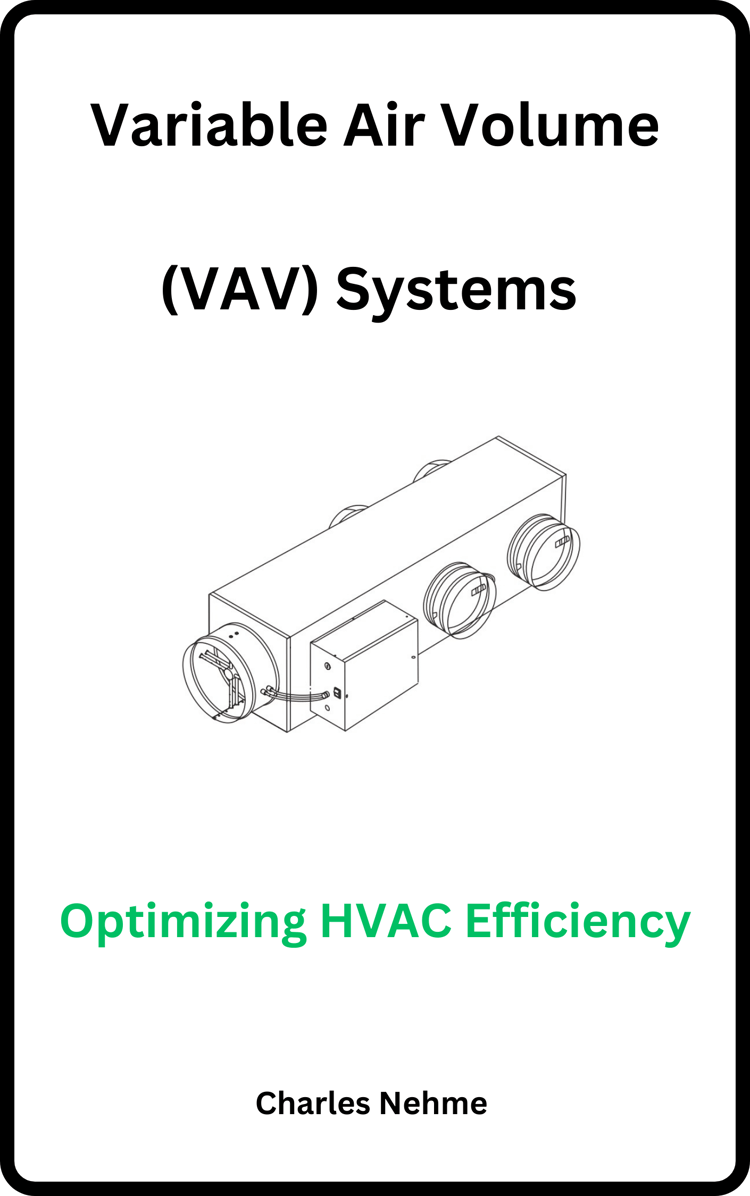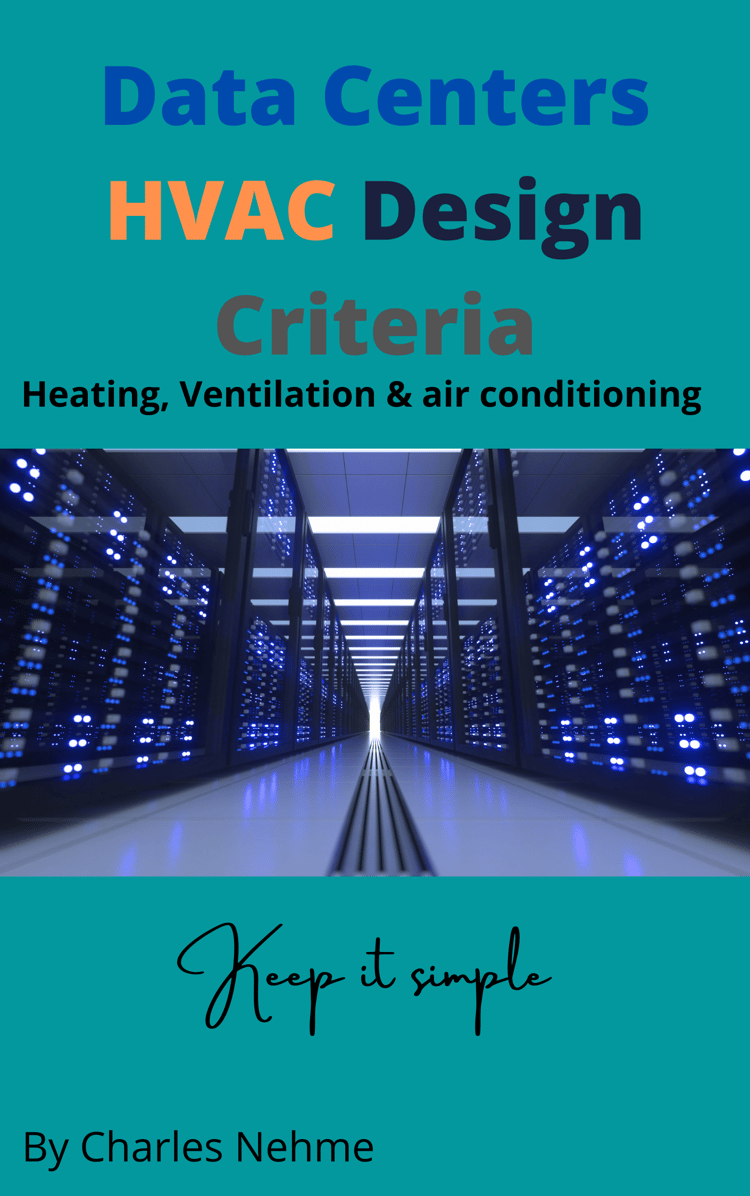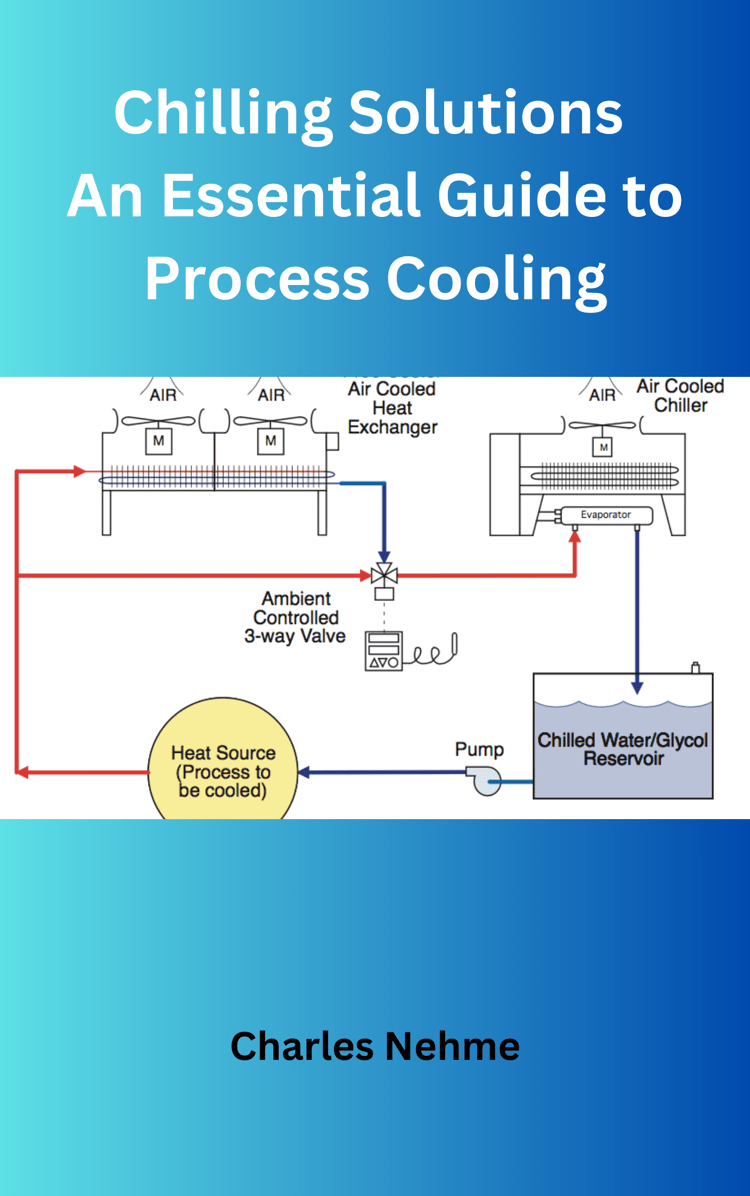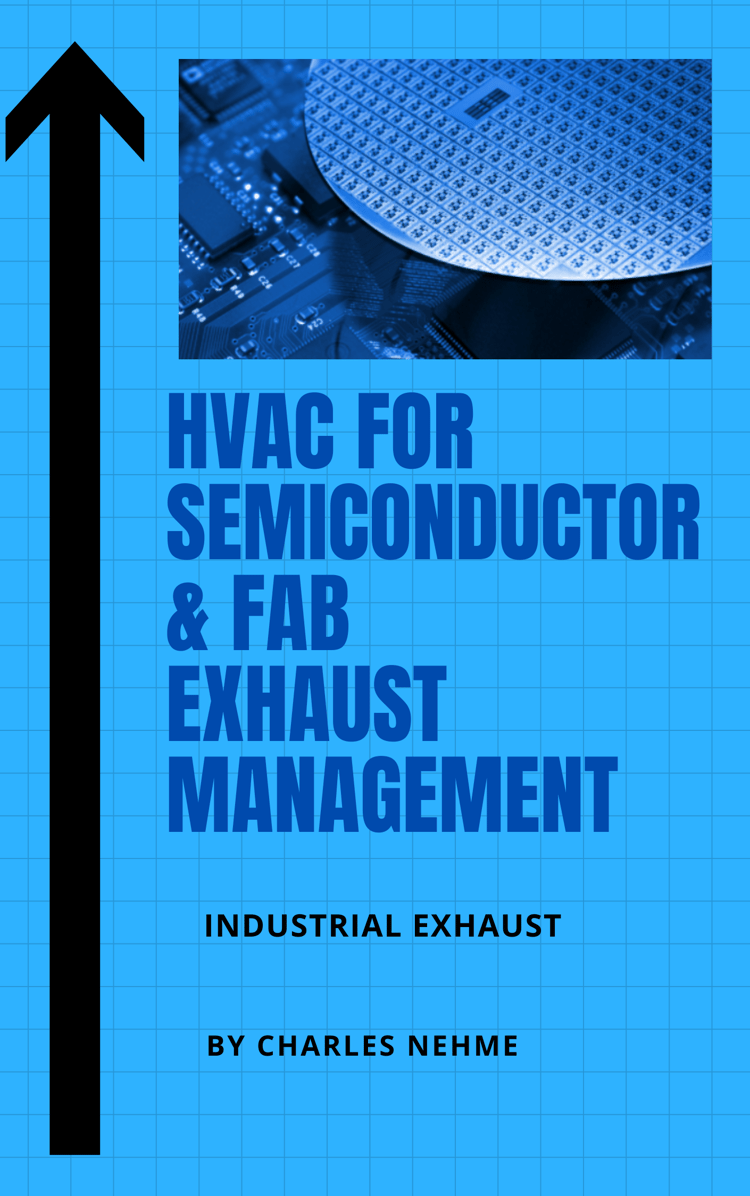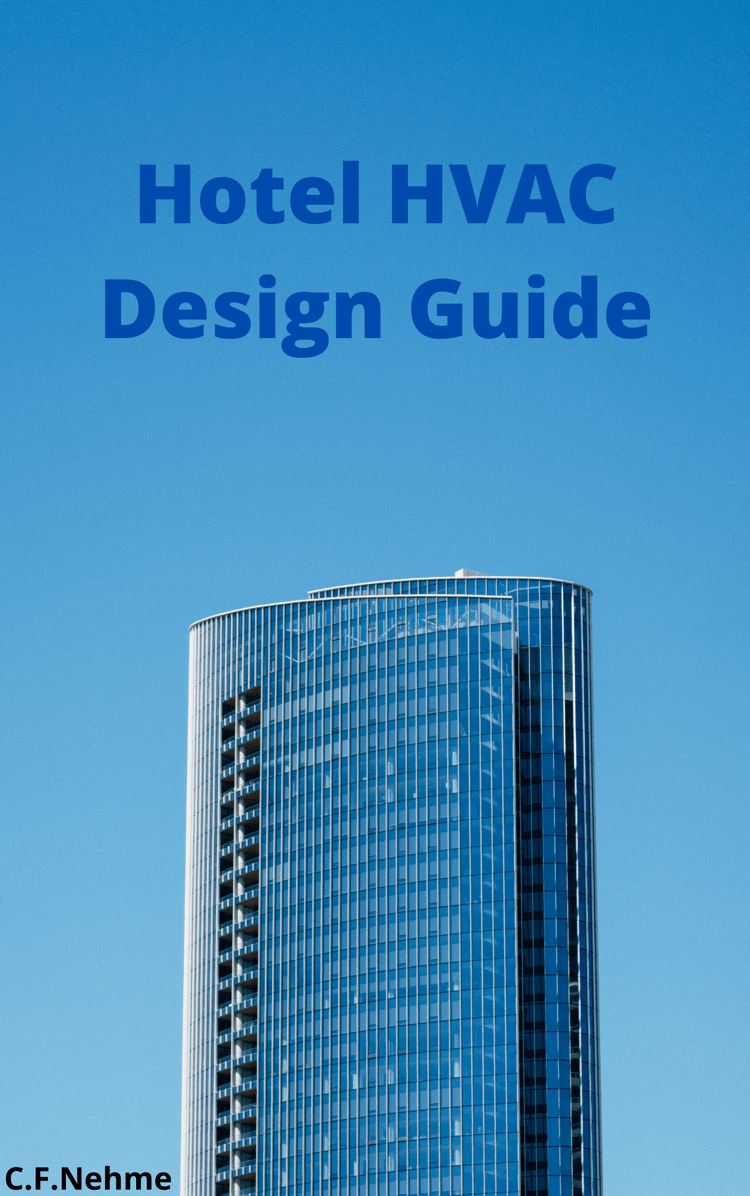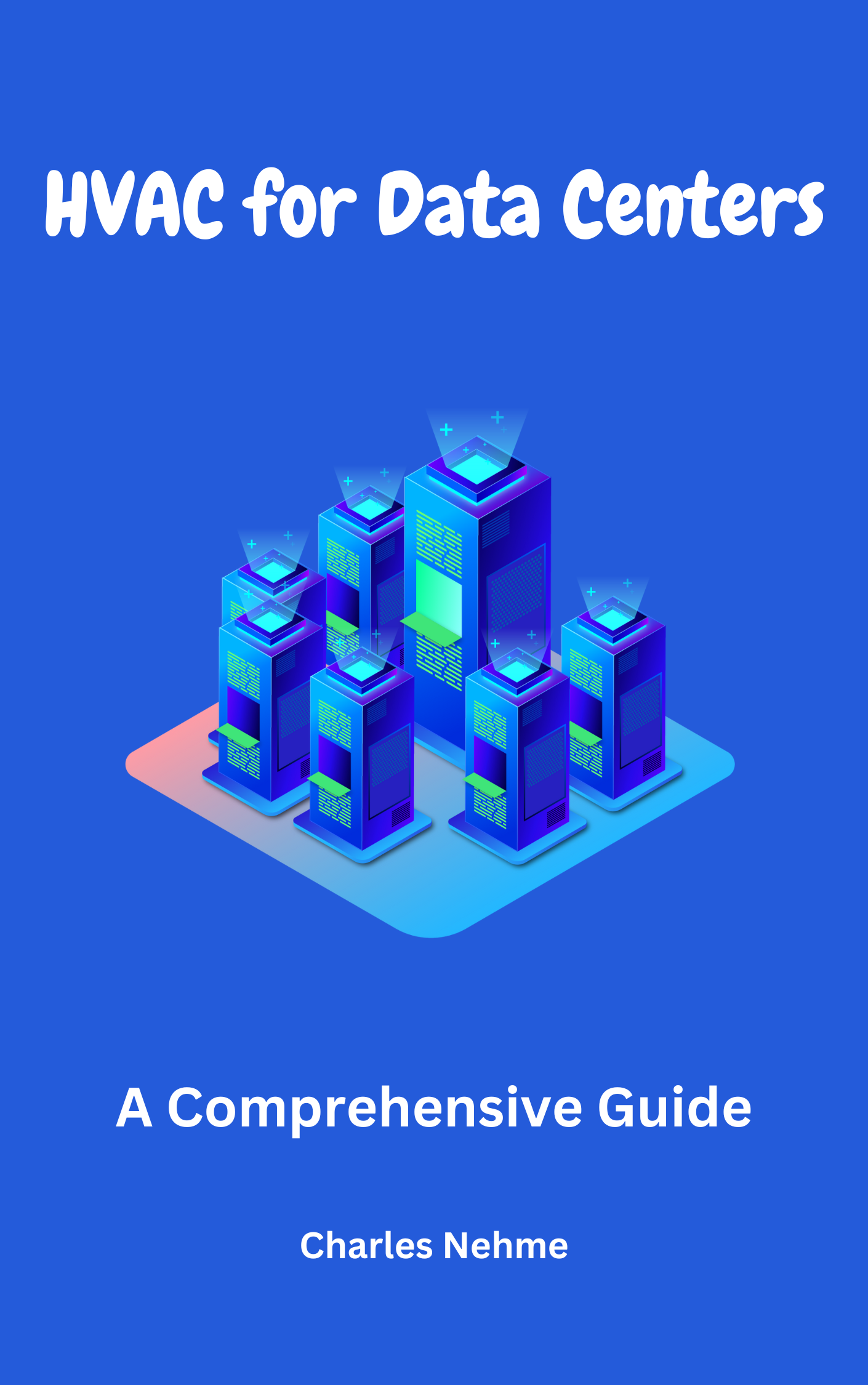
HVAC for Data Centers: A Comprehensive Guide
Preface
Data centers are the backbone of the modern economy. They power everything from our social media feeds to our online shopping experiences. But data centers also consume a lot of energy, and a significant portion of that energy is used to cool the IT equipment.
HVAC systems are essential for maintaining a reliable and efficient data center environment. By properly designing, operating, and maintaining HVAC systems, data center operators can help to protect IT equipment, prevent downtime, and reduce energy costs.
This book is a comprehensive guide to HVAC for data centers. It covers everything from the basics of HVAC system design to the latest energy-efficient technologies. It also provides practical advice on how to operate and maintain HVAC systems for optimal performance.
This book is intended for a wide range of readers, including data center operators, HVAC engineers, and anyone else who is interested in learning more about HVAC for data centers. I hope that this book will be a valuable resource for you as you work to design, operate, and maintain efficient and reliable HVAC systems for your data center.
Sincerely,
Charles Nehme
Questions about HVAC for data centers are:
- What are the different types of HVAC systems used in data centers?
- How do I design an efficient HVAC system for my data center?
- What are the best practices for maintaining an HVAC system in a data center?
- What are the common problems with HVAC systems in data centers?
- How can I reduce the energy consumption of my data center's HVAC system?
These questions reflect the importance of HVAC systems in data centers. HVAC systems are responsible for maintaining a consistent temperature and humidity environment, which is essential for the reliable operation of IT equipment.
Here are some brief answers to each of the top 5 questions:
1. What are the different types of HVAC systems used in data centers?
The most common types of HVAC systems used in data centers are:
- Computer room air conditioners (CRACs): CRACs are self-contained units that cool and dehumidify the air in a data center. They are typically located in the raised floor of a data center and distribute cool air to the IT equipment through perforated tiles.
- Chilled water systems: Chilled water systems use a central chiller plant to cool water, which is then distributed to CRACs or other cooling devices throughout the data center. Chilled water systems are typically more efficient than CRACs, but they are also more complex and expensive to install.
- Free cooling: Free cooling is a method of using ambient air to cool the air in a data center. Free cooling can be used in cold climates or during the winter months in warmer climates.
2. How do I design an efficient HVAC system for my data center?
When designing an HVAC system for a data center, it is important to consider the following factors:
- The heat load of the IT equipment
- The desired temperature and humidity range
- The climate of the location where the data center is located
- The budget
It is also important to design the HVAC system in a way that minimizes energy consumption. This can be done by using efficient cooling technologies, such as free cooling and chilled water systems, and by properly sizing and configuring the HVAC equipment.
3. What are the best practices for maintaining an HVAC system in a data center?
The following are some best practices for maintaining an HVAC system in a data center:
- Regularly inspect and clean the HVAC equipment
- Change the filters regularly
- Check the refrigerant levels and pressure
- Test the backup systems regularly
- Keep the data center clean and free of dust
4. What are the common problems with HVAC systems in data centers?
Some common problems with HVAC systems in data centers include:
- Overheating: Overheating is the most common problem with HVAC systems in data centers. Overheating can occur if the HVAC system is not properly sized or configured, or if the filters are not changed regularly.
- Humidity problems: High humidity can also cause problems in data centers. High humidity can lead to condensation, which can damage IT equipment.
- Airflow problems: Airflow problems can also cause problems in data centers. Poor airflow can lead to hot spots, which can cause IT equipment to overheat.
5. How can I reduce the energy consumption of my data center's HVAC system?
There are a number of ways to reduce the energy consumption of a data center's HVAC system, including:
- Using efficient cooling technologies, such as free cooling and chilled water systems
- Properly sizing and configuring the HVAC equipment
- Using variable speed fans
- Implementing energy management software
- Regularly inspecting and maintaining the HVAC equipment
By following these tips, data center operators can design, maintain, and operate efficient HVAC systems that help to reduce energy costs and protect IT equipment.


